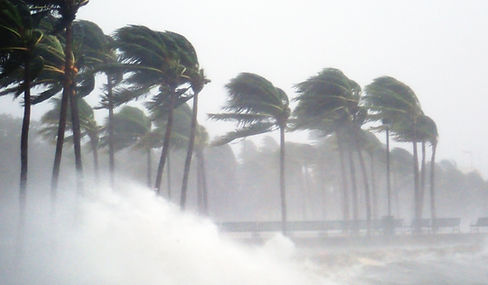
INTRINSIC INFLUENCES ON INDIVIDUALS' CLIMATE CHANGE DENIAL
-
Individuals are susceptible to the optimism bias:
-
The optimism bias is a cognitive bias in which an individual wrongly believes they are less at risk of experiencing negative events, and more likely to experience positive events.
-
In a study by The British Academy, optimists and non-optimists read reports on climate change while their moment-to-moment gaze fixations were tracked. (A gaze fixation is when the eye is aligned with a target location for a certain duration to process the image.)
-
These reports contained information and evidence that either supported or opposed whether climate change was real.
-
Optimists were found to fixate shorter durations on information that supported climate change than for information opposing climate change.
-
Non-optimists did not vary their fixation durations between the two types of information.
-
-
(A) Eye gaze fixations of optimists.
(B) Eye gaze fixations of non-optimists.


Hotspot analysis of gaze fixations of (A) optimists and (B) non-optimists when reading information on climate change.
Redder spots indicate higher duration density, which mean longer gaze fixations on those locations.
Images from https://www.thebritishacademy.ac.uk/optimism-bias-and-climate-change

Source: Free Wix Images
-
Individuals have inaccurate perceptions of risk:
-
Individuals are more likely to be aware of threats which hit them with immediate and heavy impacts, such as when a hurricane strikes.
-
The gradually-increasing negative effects of climate change are hard to observe;
-
This could lead to a higher likelihood of undermining the risks of climate change, as the individual's senses are unable to perceive its effects (compared to a hurricane's effects).
-
-
-
This leads to individuals being more hesitant in accepting the climate consensus, especially because climate change and its science is complicated
-
Some individuals may even deny climate change altogether
-
-
We may engage in self-deception because we are afraid to confront the scary reality of climate change.
-
Climate change is often depicted to become a catastrophe if left unchecked.
-
This forces us to face the reality of our mortality, which we are uncomfortable with, and thus create "positive illusions", such as by denying that climate change is taking place.
-
Likewise, cognitive dissonance theory also explains how we deny climate change because the fear from the reality of climate change conflicts with our deep-set beliefs (which could include a belief that the Earth is a safe place to be in),
-
Causing us to reject or warp evidence for climate change and believe in information that does not scare us.
-
